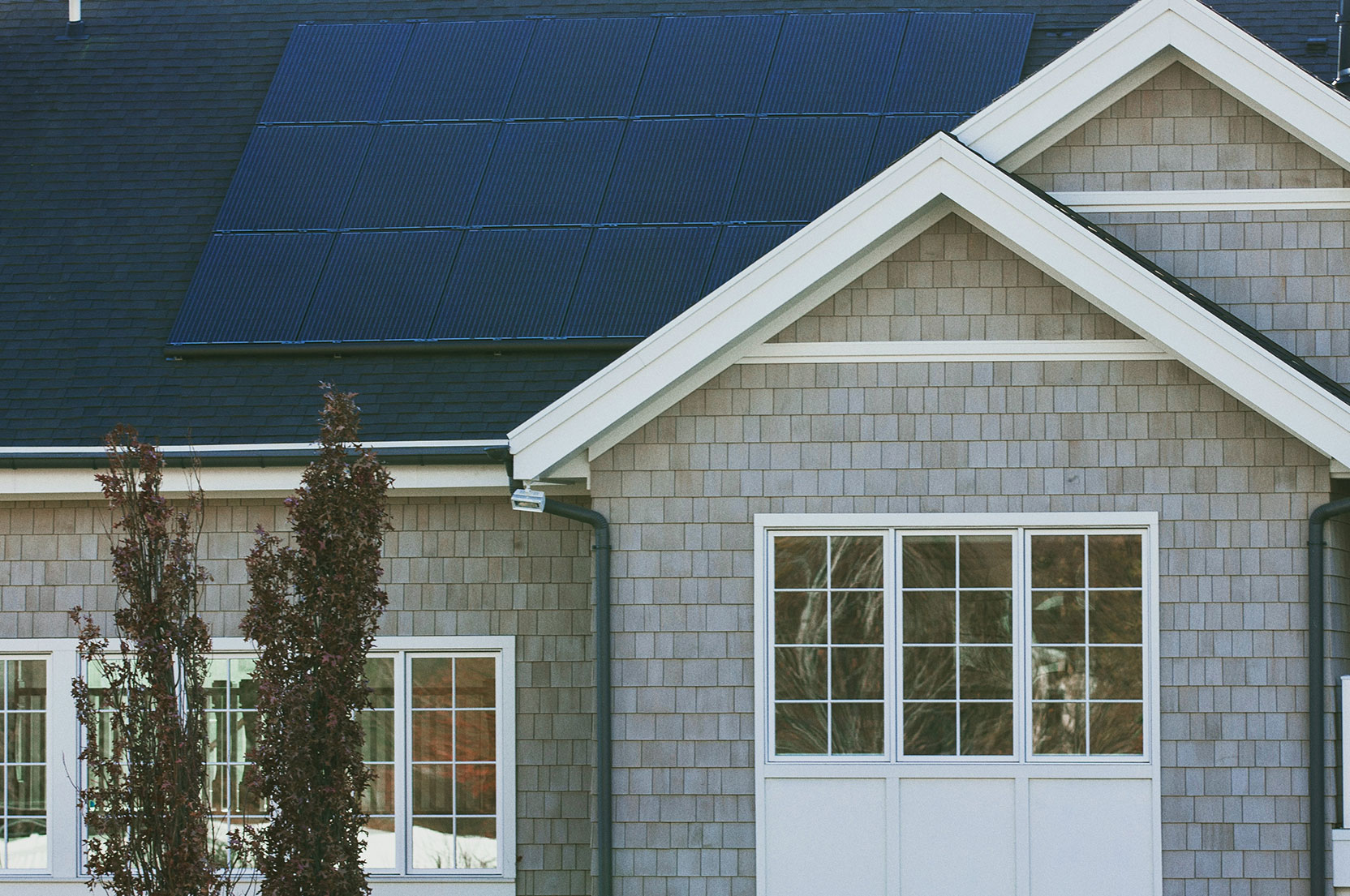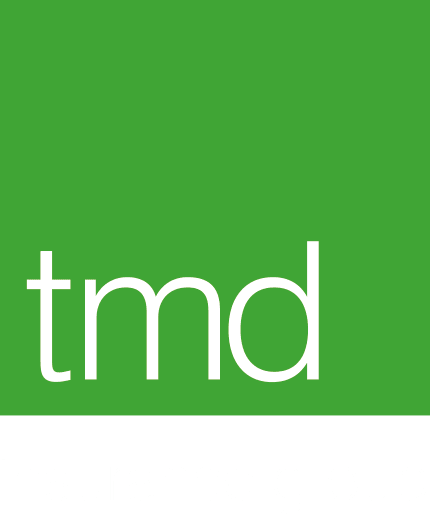Thinking of having solar panels installed? Talk to TMD first!

Solar panels are increasingly being installed as an environmentally friendly source of energy/power, and given the current energy crisis, as a potentially cost-effective alternative.
As a result, many companies are now supplying and installing photovoltaic (PV) solar panel systems. While the installations may benefit the environment, they can present hazards when installed on building rooftops.
How do they work?
PV solar panels vary in size and weight and come with various types of fittings, including connectors, junction boxes, isolation switches etc, and are often fixed onto or built into roofs of residential homes, and roof-mounted on industrial and commercial buildings.
The way the system works is to collect solar radiated energy and convert it into electrical power. The panels contain large numbers of PV cells made of semiconductor materials that convert the energy into direct current (DC). This runs along electrical cables, connectors and junction boxes to a DC isolation switch and then to an inverter, which turns the DC into alternating current (AC) that runs to the main electrical supply switchgear.
Potential hazards
A number of fires involving PV solar panels have been reported, mainly in Germany and North America, where the majority have been installed, generally as a result of poor PV panel installation, panel faults, incorrectly specified or faulty equipment or electrical system failures.
As such, if you’re thinking of having PV solar panels installed, it’s important to understand the risks. Potential hazards can include installation on top of a combustible roof construction; increased building fire load and potential fire spread; gaps between PV panels becoming traps for snow and ice build-up, autumn debris or moss; damage to the existing roof during installation causing water ingress; risk of storm and high wind damage; restricted roof access for maintenance and fire-fighting; and damage to PV panel components increasing the fire risk.
There is also the problem of roof weight loading increasing the potential for collapse (modern roof designs are often lightweight with little tolerances for additional weight and older roof designs may have deteriorated with age or be in a poor state of repair.
How to safeguard your PV solar panel installation
In the UK, the Microgeneration Certification Scheme (MCS) is a nationally recognised quality assurance scheme that covers products and installation of microgeneration technologies, including PV. This provides guidance on manufacture, design standards, installation, servicing and maintenance, and has been developed in conjunction with the PV solar panel industry.
We recommend obtaining professional advice on the structural stability and condition of your roof to ensure it can support the additional weight, with a safety margin for snow loading. It’s also important to check PV panels are certified to a recognised standard and have the correct safety devices fitted, and that installation is supervised, inspected and commissioned with a completion test and certification.
Talk to TMD
It’s essential to inform your insurers and other authorities, such as the Fire Service, before you place an order and installation work begins, and to get professional advice on the structural stability and condition of your roof and ascertain if it is suitable for PV solar panels. We recommend, in the first instance, having a chat with our advisors at TMD, who can offer help and assistance in informing your insurers of your planned installation and ensuring they are adequately insured.
Our business is your protection, which means we want to ensure you are not placing your property under unnecessary risk and that you have the correct level of cover in place should the worst happen and you need to make a claim. To discuss your potential PV solar panel installation, please call TMD on 01992 703 000 or email insurance@mcdonaghs.co.uk

